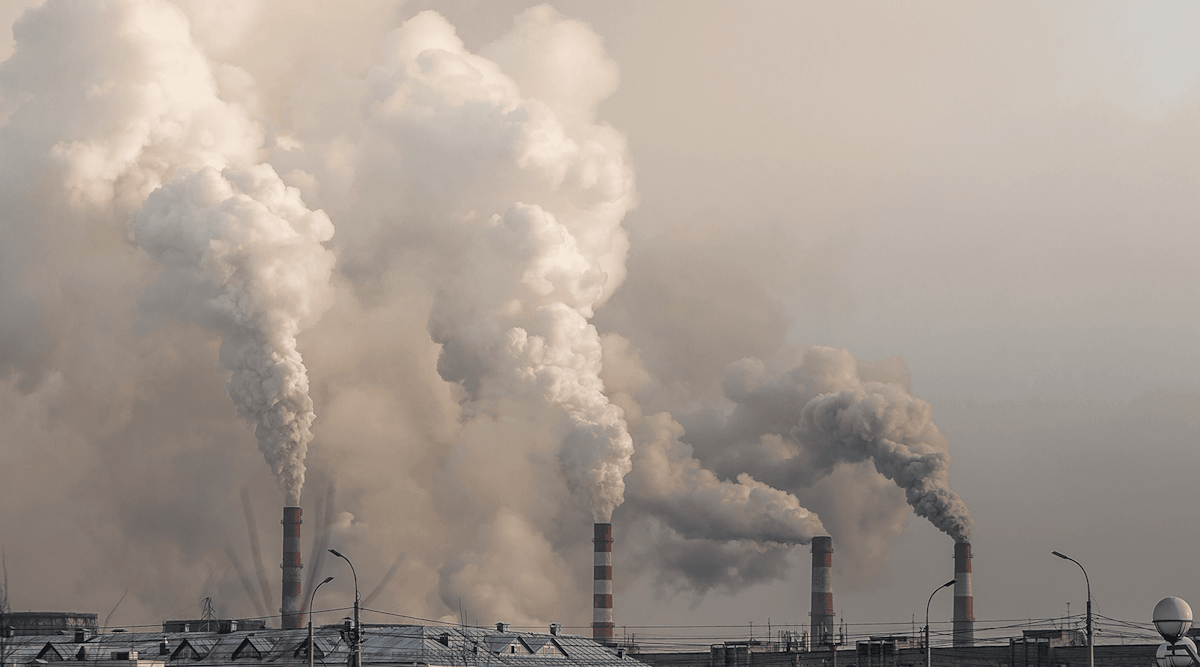The Delusion of a Two Degree World
The Dangers of an Unrealistic Climate Change Target

-
-
Share
-
Share via Twitter -
Share via Facebook -
Share via Email
-
Global carbon emissions rose again in 2017, disappointing hopes that the previous three years of near zero growth marked an inflection point in the fight against climate change. Advocates of renewable energy had attributed flat emissions to the falling cost of solar panels. Energy efficiency devotees had seen in the pause proof that economic activity had been decoupled from energy consumption. Advocates of fossil fuel divestment had posited that the carbon bubble had finally burst.
Analysts who had attributed the pause to slower economic growth in a number of parts of the world, especially China, were closer to the truth. The underlying fundamentals of the energy economy, after all, remained mostly unchanged—there had been no step change in either the energy efficiency of the global economy or the share of energy production that clean energy accounted for. And sure enough, as growth picked up, emissions started to tick back up again as well.
Even during the pause, it was clear that the world wasn’t making much progress toward avoiding significant future climate change. To significantly alter the trajectory of sea level changes or most other climate impacts in this century or the next, emissions would not just have to peak; they would have to fall precipitously. Yet what progress the world has made to cut global emissions has been, under even the most generous assumptions, incremental.
But at the latest climate talks in Bonn last fall, diplomats once again ratified a long-standing international target of limiting warming to two degrees Celsius above preindustrial levels. With this in mind, it is worth considering the consequences of continuing to pursue a goal that virtually all sober analyses conclude is no longer obtainable.
Read the full piece on Foreign Affairs.

